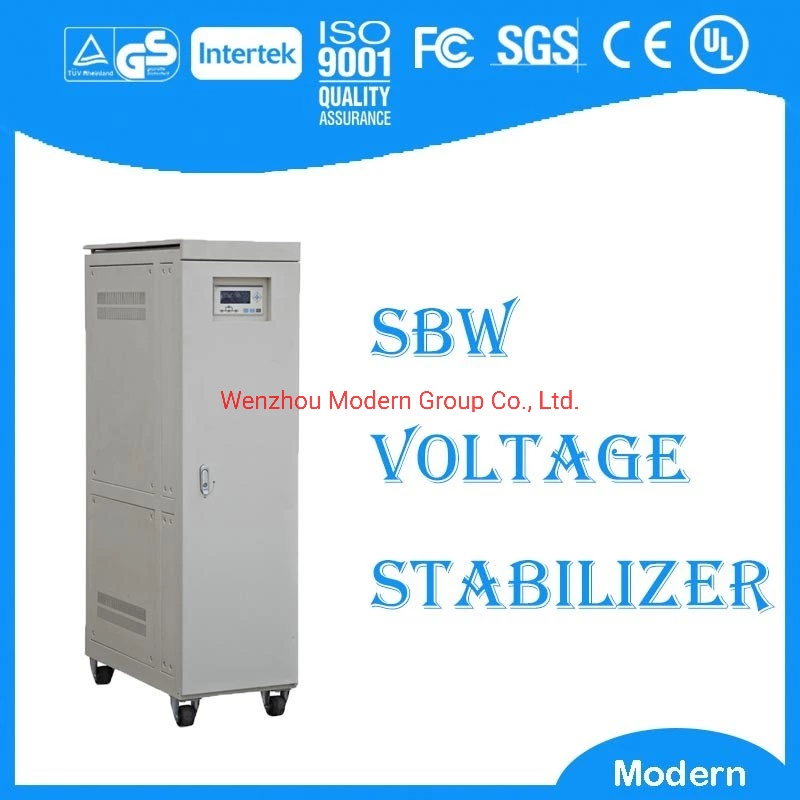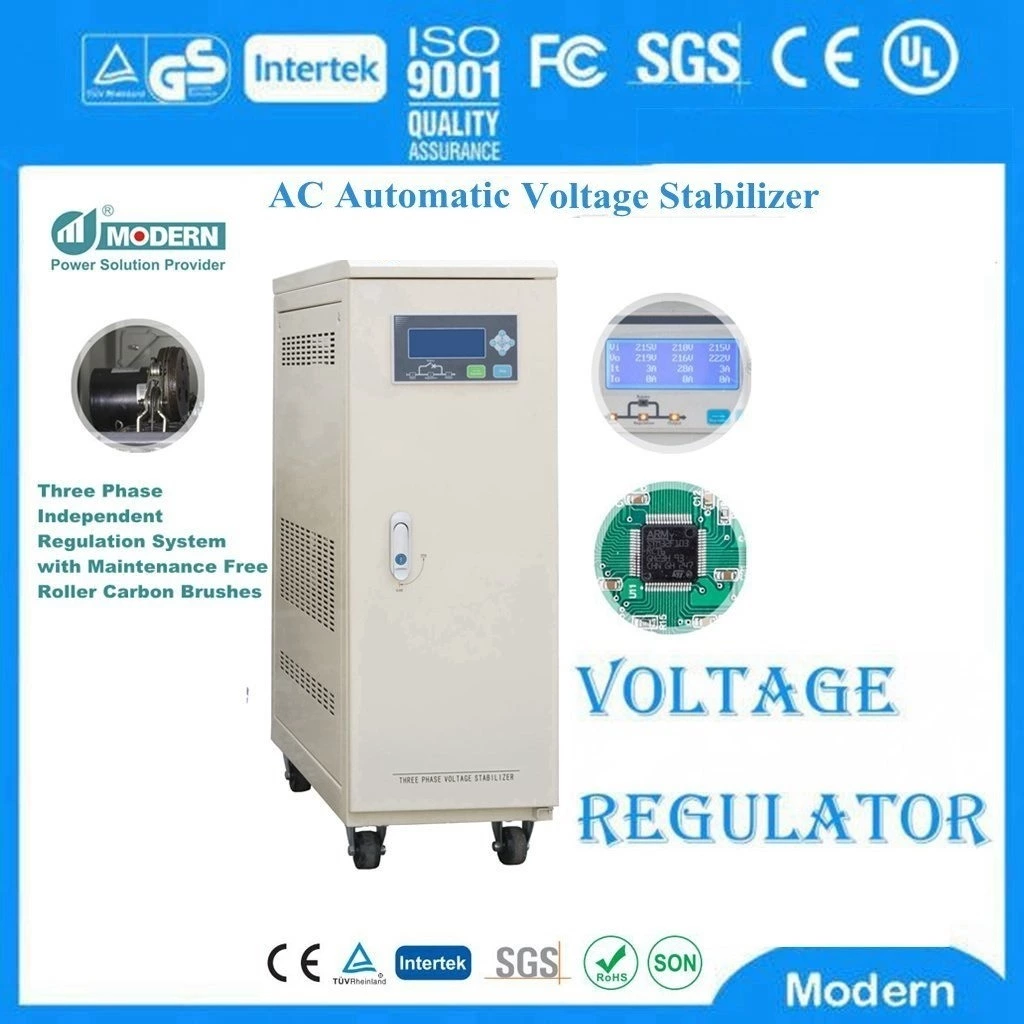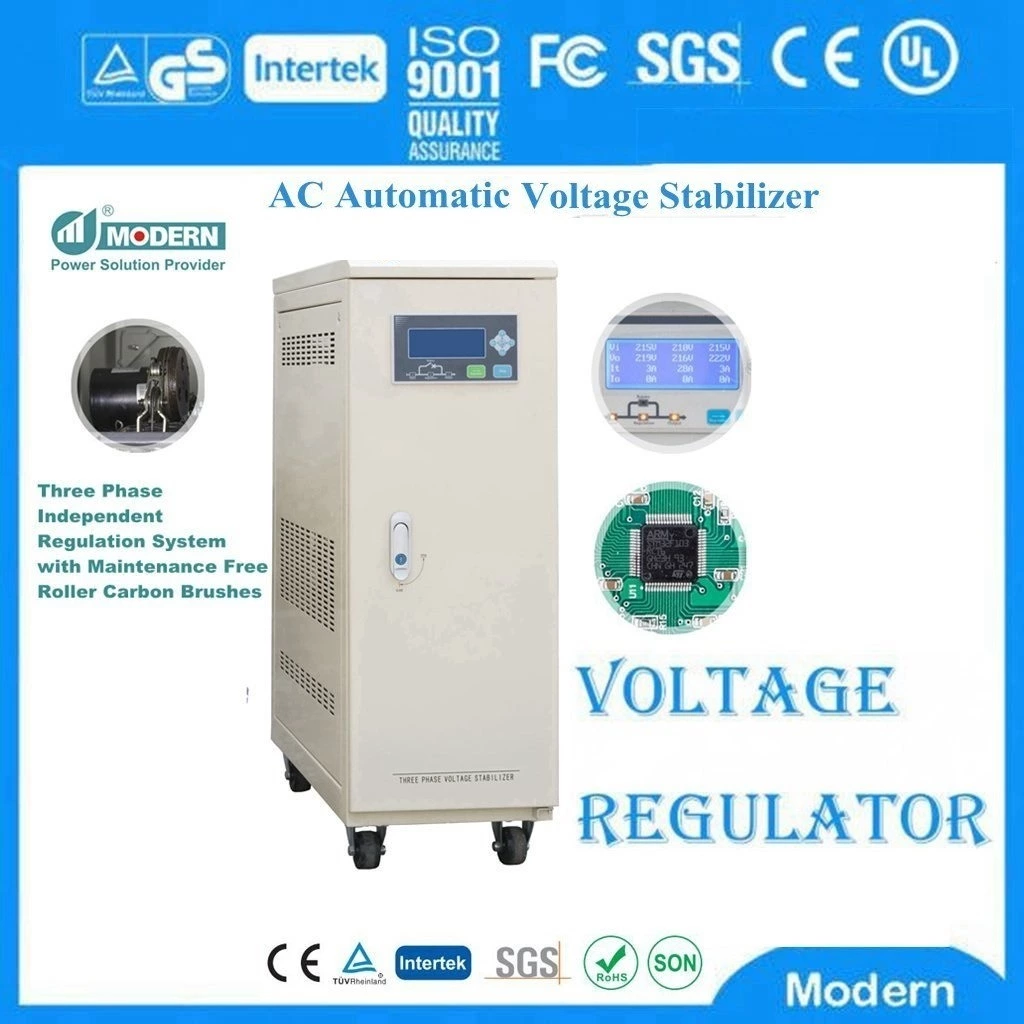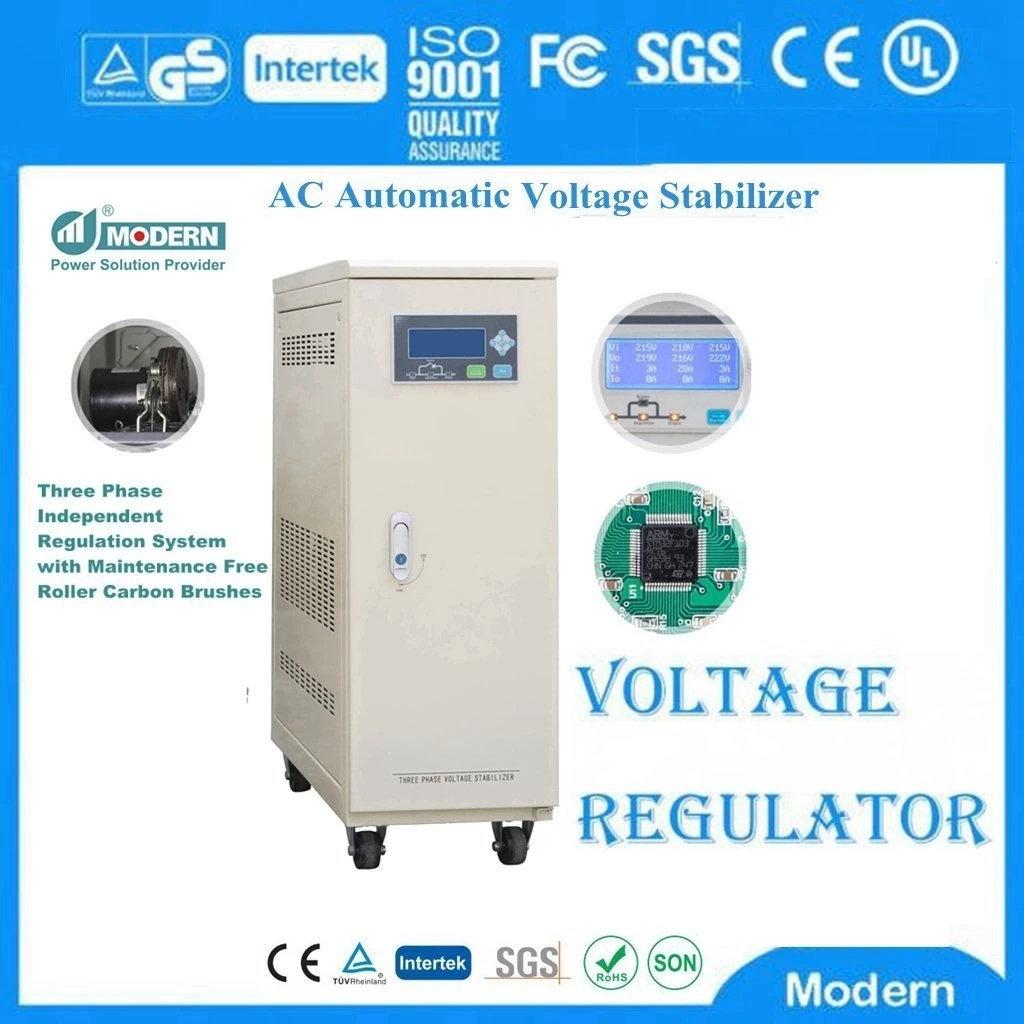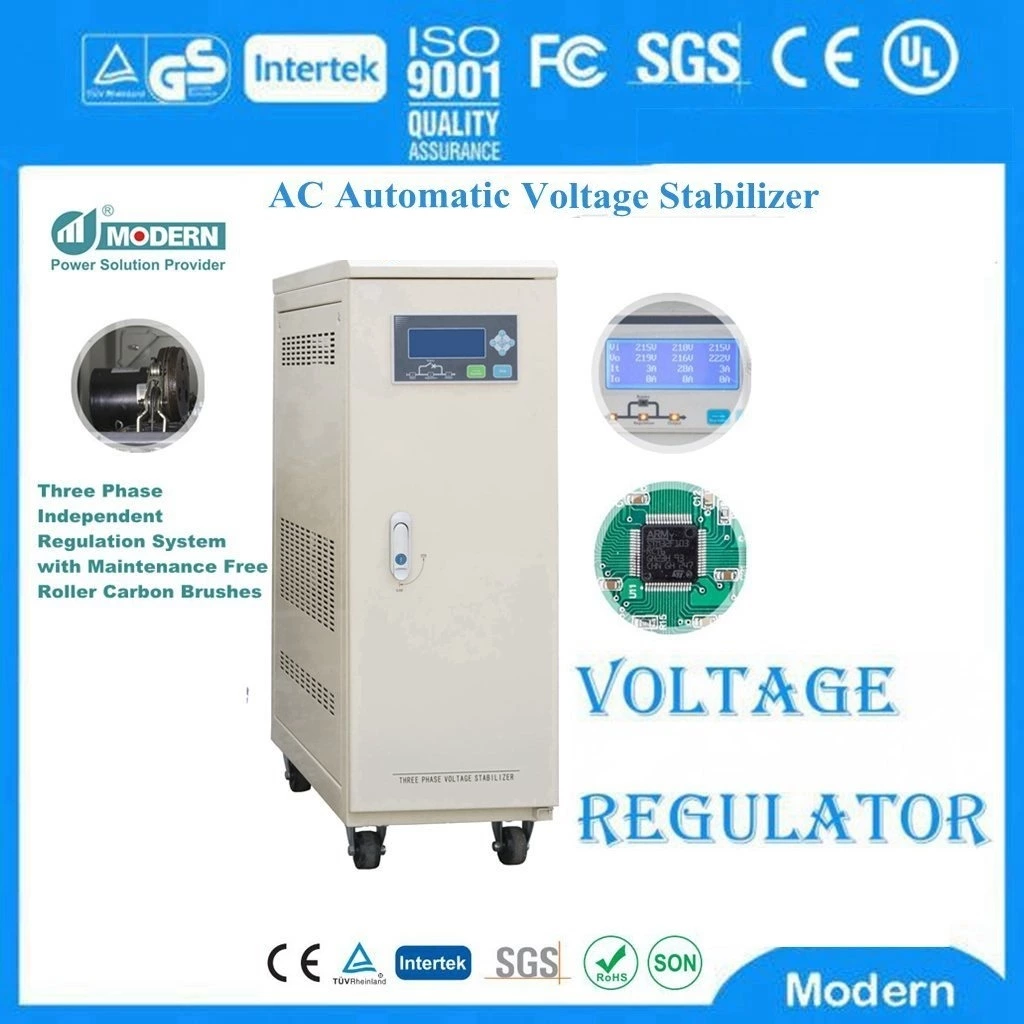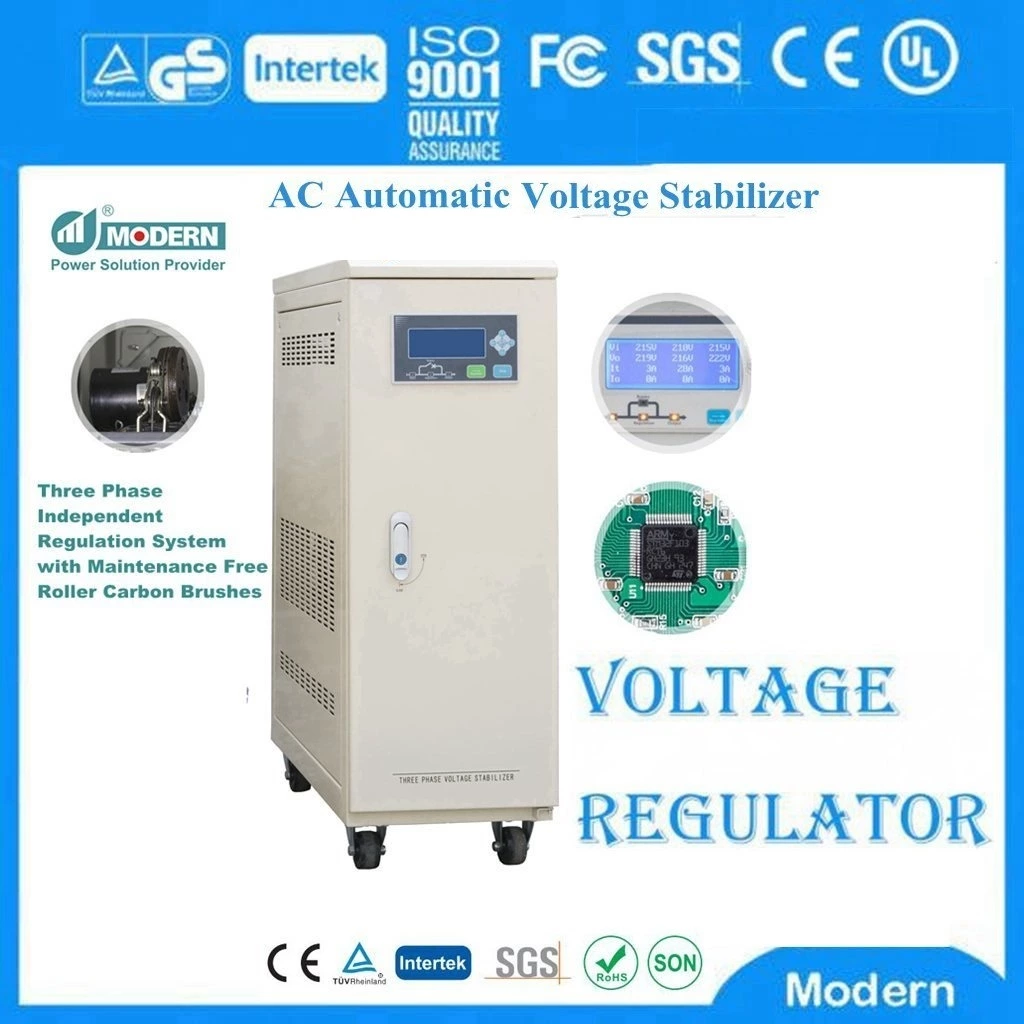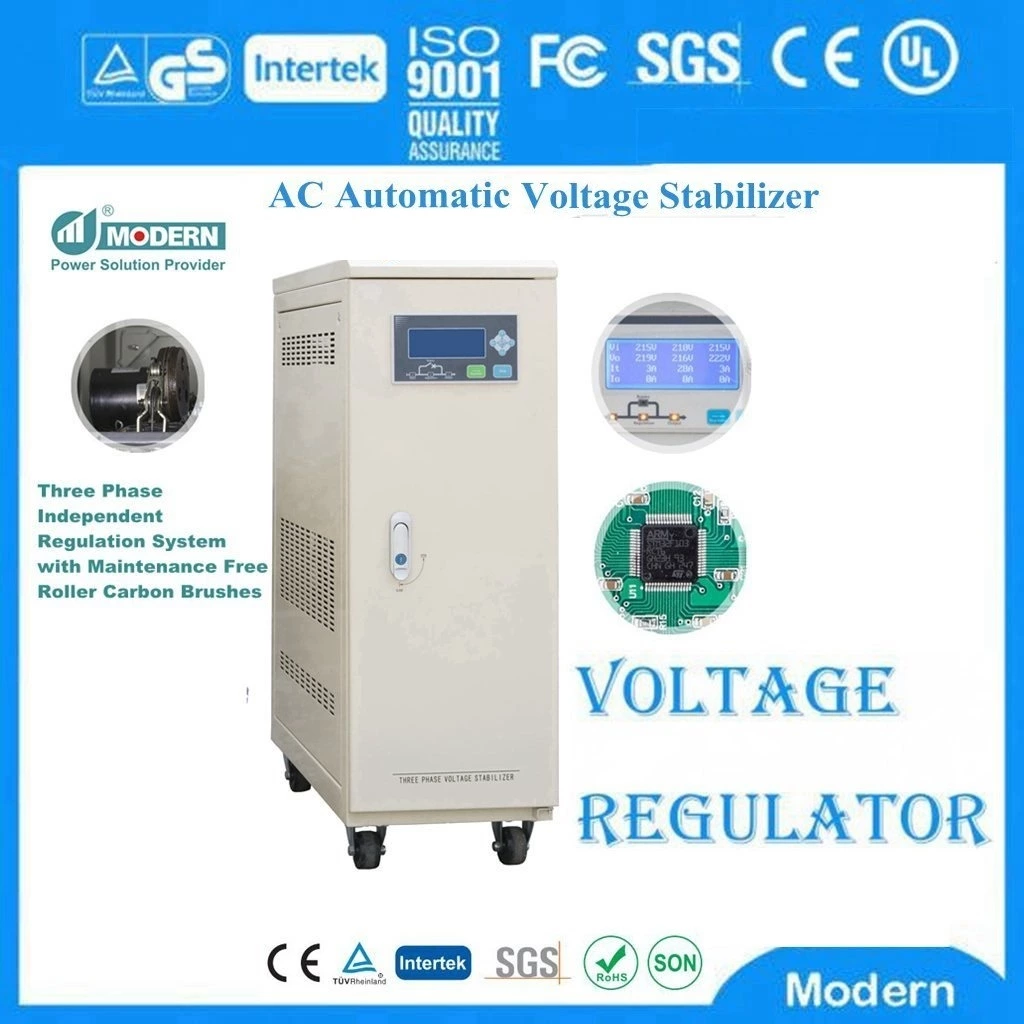What Are The Categories Of Voltage Stabilizer Products?
Automatic Voltage Regulator There are large automatic voltage regulators with power ranging from tens to thousands of kilowatts, which are used to supply working power for large-scale experiments, industry and medical equipment. There are also small automatic voltage regulators with power ranging from a few watts to a few kilowatts, which provide high-quality power for small laboratories or household appliances.
According to the different output properties of the voltage regulator, the voltage regulator is generally divided into two categories: automatic voltage regulator (AC voltage regulator) and automatic voltage regulator (DC voltage regulator). The following focuses on DC voltage regulators, referred to as voltage regulators.
According to the working state of the adjustment tube, the voltage regulator is often divided into two categories: linear voltage regulator and switching voltage regulator. In addition, there is a small power supply using a voltage regulator tube.
The automatic voltage regulator uses an output stage to repeatedly switch between the "on" and "off" states, and generates an output voltage together with energy storage components (capacitors and inductors). Its adjustment is achieved by adjusting the switching timing according to the feedback sample of the output voltage. In a fixed-frequency voltage regulator, the switching timing is adjusted by adjusting the pulse width of the switching voltage, which is called PWM control. In a gated oscillator or pulse mode regulator, the width and frequency of the switching pulses are kept constant, but the "on" or "off" of the output switch is controlled by feedback.
Depending on the arrangement of the switching and energy storage components, the output voltage produced can be greater or less than the input voltage, and multiple output voltages can be produced with one regulator. In most cases, automatic regulators are more efficient than linear regulators at converting power at the same input and output voltage requirements. Compensated---High-precision AC compensated regulated power supplies (single-phase 0.5kVA and above, three-phase 1.5kVA and above) have a compensation transformer and have a 110V output.
Automatic regulators use transistors or FETs operating in their linear region to subtract excess voltage from the applied input voltage to produce a regulated output voltage. The so-called dropout voltage refers to the minimum difference between the input voltage and the output voltage required for the regulator to maintain the output voltage within 100mV of its rated value. Automatic regulators with positive output voltages usually use power transistors (also called pass devices) as PNPs. This transistor allows saturation, so the regulator can have a very low dropout voltage, typically around 200mV; in comparison, an automatic regulator using an NPN composite power transistor has a dropout voltage of around 2V. A negative output LDO uses an NPN as its pass device, operating in a similar manner to the positive output LDO's PNP device.
A newer development uses CMOS power transistors, which are capable of providing a dropout voltage. With CMOS, the voltage drop across the regulator is caused by the ON resistance of the power device's load current. If the load is small, this produces a dropout voltage of only a few tens of millivolts
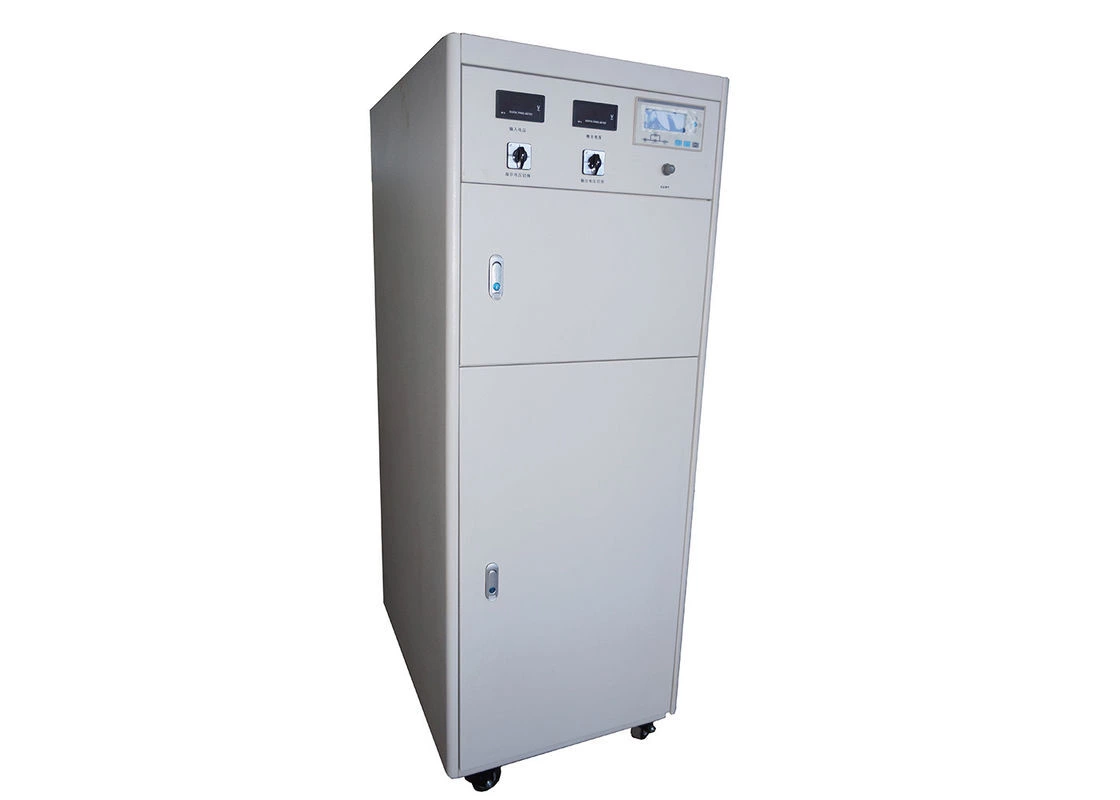
 Русский
Русский
 Français
Français
 Português
Português
 Español
Español
 اللغة العربية
اللغة العربية
